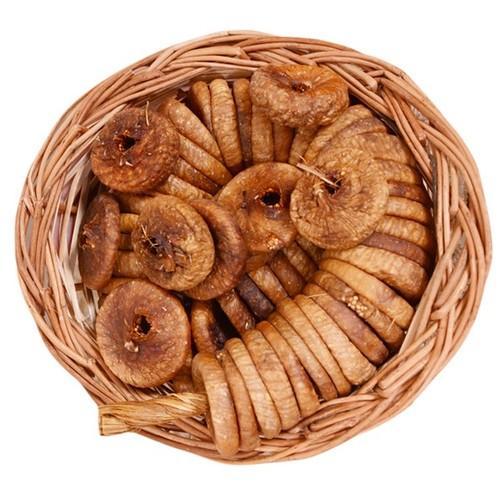
Fig Jam Recipe inspired by India, Israel and my life in the United States The first time I saw fresh figs was in my backyard. I was around 6 years old. My grandma had carefully planted a number of fruit trees around her home in northern India. There was mango, lychee, orange, lemon, papaya, Indian […]
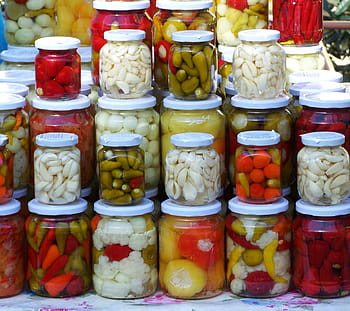
Coming from a family of at-home gardeners, we have always planted a summer garden. Typically, we grow herbs and vegetables such as basil, sage, tomatoes, and of course, cucumbers. Every summer, we plant cucumbers so we can make our family’s favorite – refrigerator pickles. Never heard of refrigerator pickles before? Essentially, they are homemade bread […]
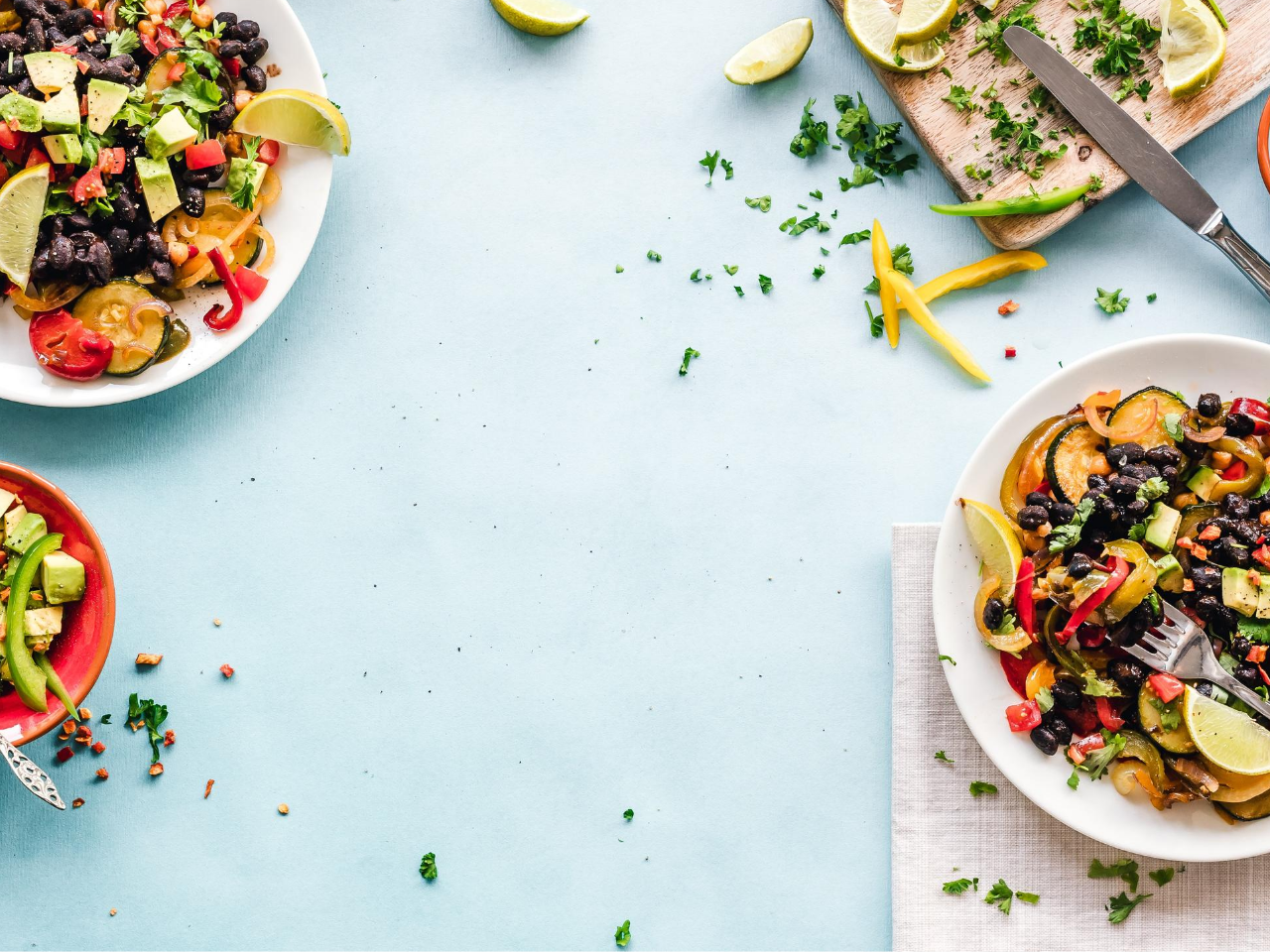
Like many others, I filled my quarantine time with baking goodies, making ice cream, and binge-watching all my streaming subscriptions. However, with school starting in a month, I’ve decided it’s finally time for me to start working out and eating healthy again. Luckily for me, summer is the best time to explore new recipes because […]
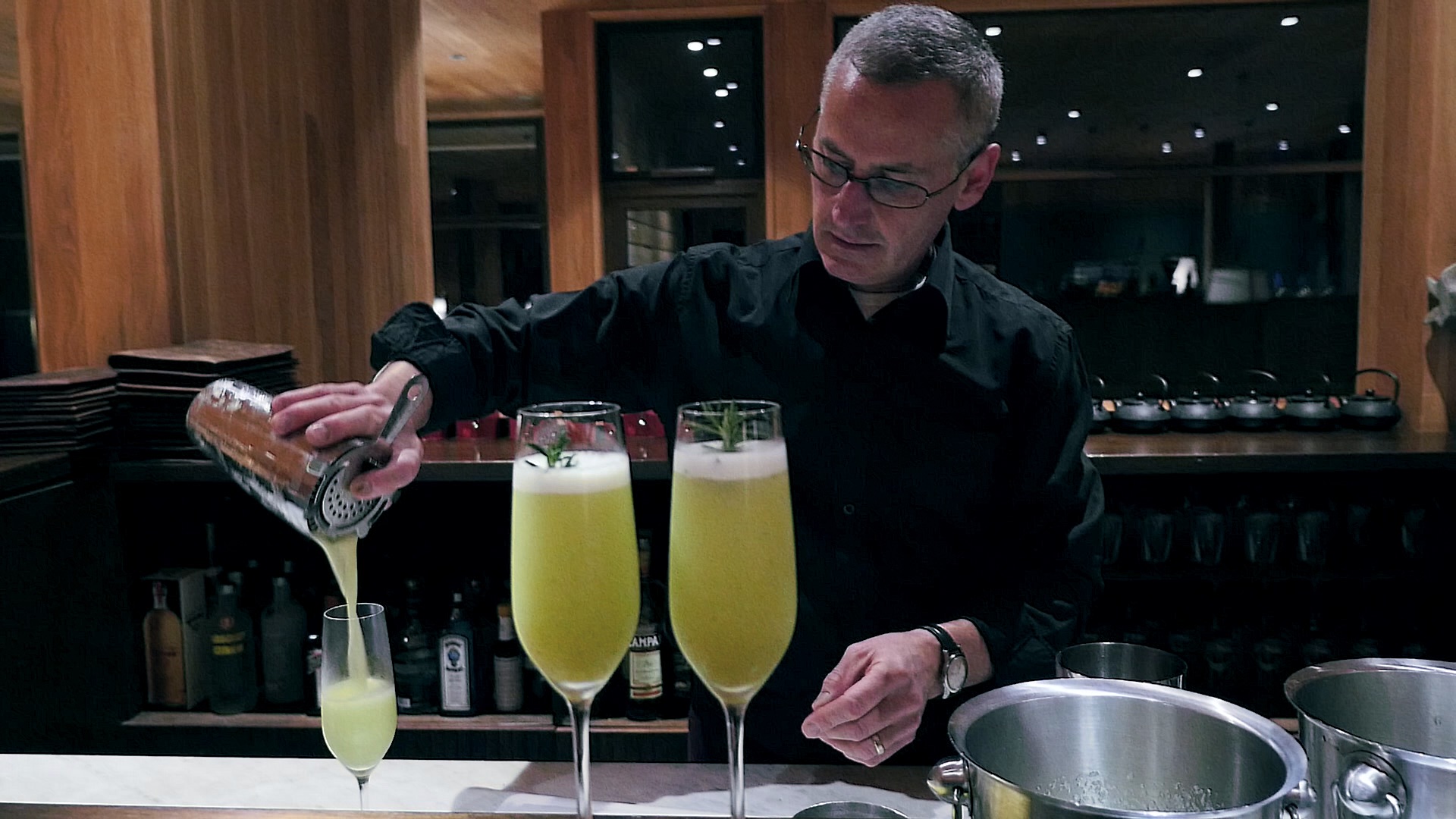
Pisco Sour is the house drink in Chile. Pisco is a popular brandy produced in Chile by distilling grapes, mainly of Muscat, Torontel and Pedro Jiménez varieties. Just like wine, the color, aroma and flavor of pisco can be described as fruity, clean, sweet, refreshing, woody and bold, depending on it’s variety. There are four main classifications of pisco: Pisco […]

Before I even recovered from my 12-hour time change, I headed to a Japanese Cooking Class on my first day in Tokyo (because that’s what I do when I first arrive in a new country). After an intense walk through the crowded Tsukiji Fish Market, where “tuna fish” is more of a prized commodity than food, I arrived […]
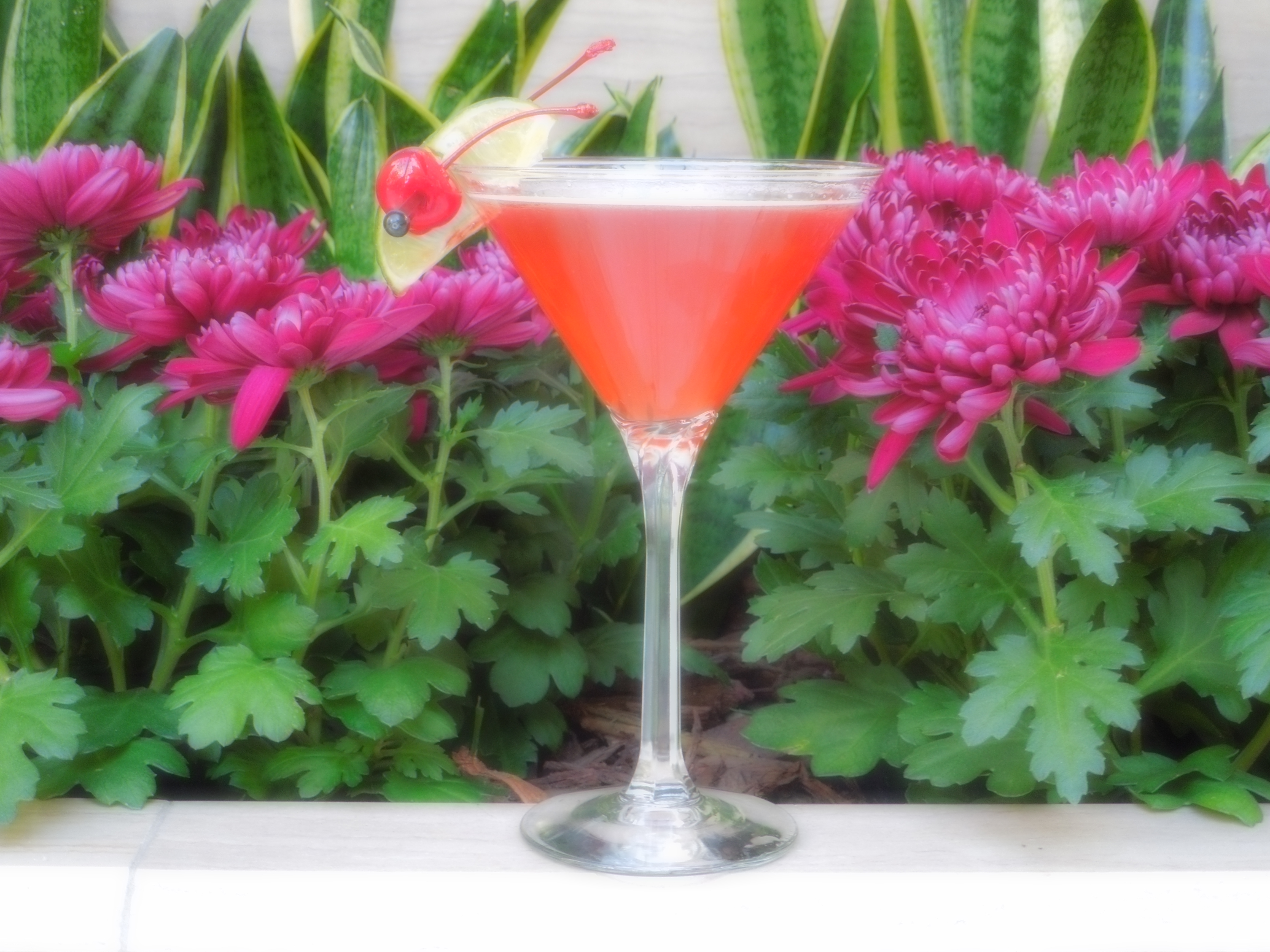
Ever thought of a Cherry Bomb Cocktail? I hadn’t. Not until I visited Washing D.C this spring. In honor of the Cherry Blossom Festival, The Fairmont Hotel in D.C. had created a special Cherry Bomb cocktail. This smooth and delicious seasonal drink was perfect to celebrate the festival and fit right in with the spirit […]
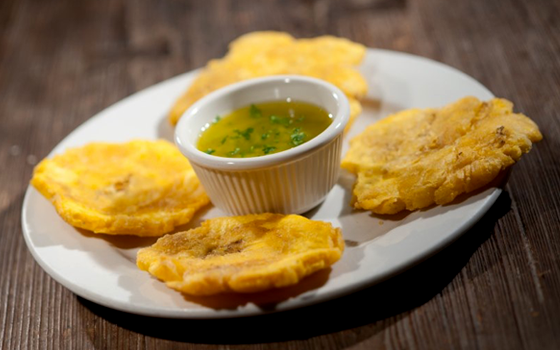
Are you a fan of Cuban cuisine? Want to learn to make authentic Cuban tostones recipe? Well, tostones is basically a savory plantain chip that is enjoyed as a snack or a side in many Caribbean cuisines. This recipe is very easy to make provided you have the right ingredients and a little bit of […]
Finally, an Indian inspired cream liquor is in the market! Somrus meaning the nectar of Gods in Hindi, is a pure Wisconsin dairy cream and hand-crafted Caribbean rum mixed with the flavors of cardamom, saffron, almonds, pistachios and rose. Already, spirit and wine enthusiasts are raving about this new cream liquor, naming it in Top 50 Spirits […]
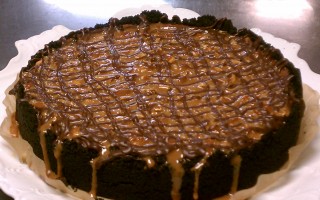
TURTLE DOVE CHEESECAKE 24 OREO Cookies, finely crushed (about 2 cups) 6 Tbsp. Butter or margarine, melted 1 Pkg. (14 oz.) Caramels 1/2 cup milk 1 cup chopped Pecans 3 Pkg. (8 oz. each)Cream Cheese, softened 3/4 cup sugar 1 Tbsp. Vanilla 3 eggs 2oz. Dove Chocolate HEAT oven to 325°F. MIX crumbs and butter; […]

The historic St. Francis Inn (circa 1791) treats their guests 365 days a year to complimentary evening desserts that are homemade and uniquely created for a perfect ending before bedtime. After guests enjoy their dinner or activities throughout St. Augustine, they enjoy returning to the comforting parlor or dining room, sipping a beverage and indulging their sweet tooth […]
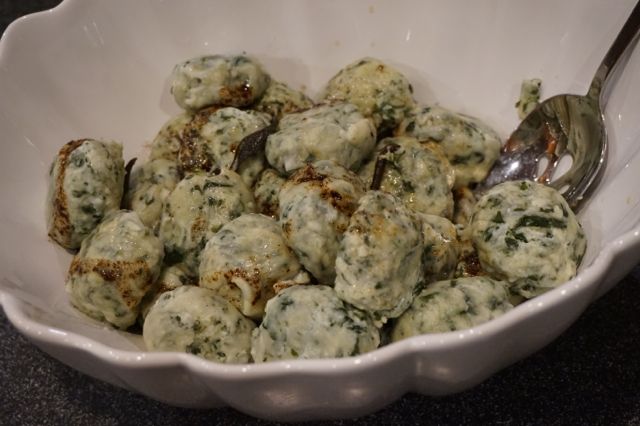
Gnudi means “naked” as in an inside out ravioli. While a typical ravioli is filled with spinach and ricotta, gnudi is made entirely of the filling mixture, held together with a little flour. Its a great alternative to eating pasta, especially for those who are gluten free! Serve it with a sage-butter sauce as a delightful appetizer. […]
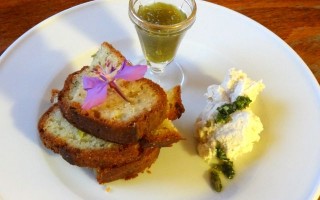
Agathe Devisme is an adventurers French lady married, who opened Ipiutaq Guest Farm at a remote location in South Greenland. She combines her French culinary heritage with farm grown ingredients, to create delicious homemade meals for her guests. Her passion for cooking and presentation is apparent on every plate she presents. The guest house sits on a sheep […]
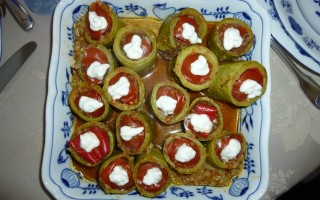
One of the most popular dishes in Turkish cuisine is Dolma, meaning stuffed. The Turks stuff all sorts of dried and fresh vegetables – eggplants, okra, peppers, zucchini, grape leaves with meat, rice and nuts. More than often, dolma is served as an appetizer, but it can also be eaten as light entree. Here is […]
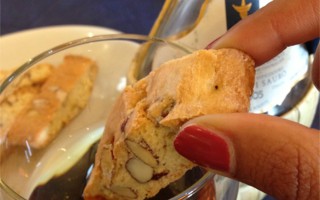
Last week I wrote about staying at a Tuscan Villa in Italy where I enjoyed very authentic meals using ingredients that were grown on the farm or sourced from nearby villages. I enjoyed my trip so much and got the most out of my visit by going on one of the Tours of Tuscany. It […]
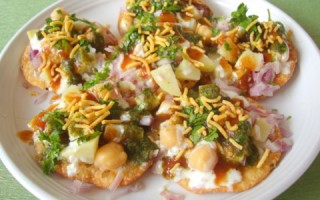
Celebrating Asian Heritage Month at The Coca Cola Company with our first major event – with Sucheta Rawal founder of nonprofit organization Go Eat Give Recipes from today: Gado Gado – Gado-Gado is famous green beans dish from the island of Bali, Indonesia. Aloo Papri Chat – Potatoes and Dough Chips mixed with Tamarind and Yogurt sauce. […]
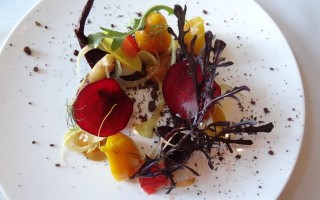
During my recent visit to San Diego for the Travel and Adventure Show, I dined at some of the most reputable restaurants in the city. I was delighted to find that many of the places cooked with fresh, high quality, farm to table ingredients that included locally sourced vegetables and meat. San Diego is blessed […]

Chef, restauranteur and author, Avi Bitton visited Atlanta from Tel Aviv, Israel. Bitton started working in the restaurant business at 14 years of age, and went on to open restaurants – Bucharest (Romanian inspired), Adora (named 10 best restaurants in Israel), Chill (chic bar on Tel Aviv’s famous Dizengoff Street), and Mercado (Kosher restaurant on the top floor of the highest building in Tel Aviv). Bitton is now one of […]
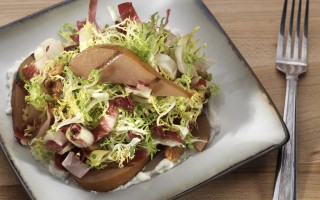
This December, the growers of USA Pears are spotlighting a trio of clever pear preparations by top Pacific Northwest chefs. December has again been proclaimed National Pear Month by the United States Department of Agriculture (USDA), thanks to the abundance and variety of fresh pears in season and available nationwide. “We’re so inspired by the […]
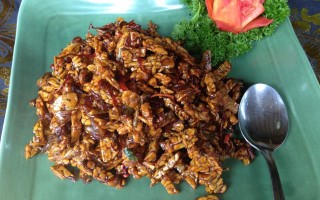
Tempeh is a soy based product, similar to tofu, that originated in Indonesia. Traditionally used as an alternate to meat by vegetarians, tempeh has a firm grainy taste that takes some getting use to. It is made from whole soybeans and has different nutritional and textural characteristics from tofu. Tempeh is a rich source of protein, […]
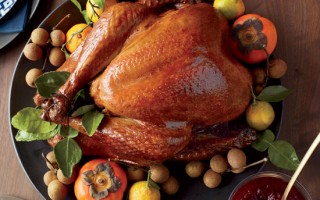
What started as a traditional North American holiday is now also celebrated by millions of immigrants and ethnic groups who call the United States home. In 1621, the Plymouth colonists (English) and Wampanoag Indians (Native Americans) shared an autumn harvest feast that is acknowledged today as one of the first Thanksgiving celebrations. For more than […]